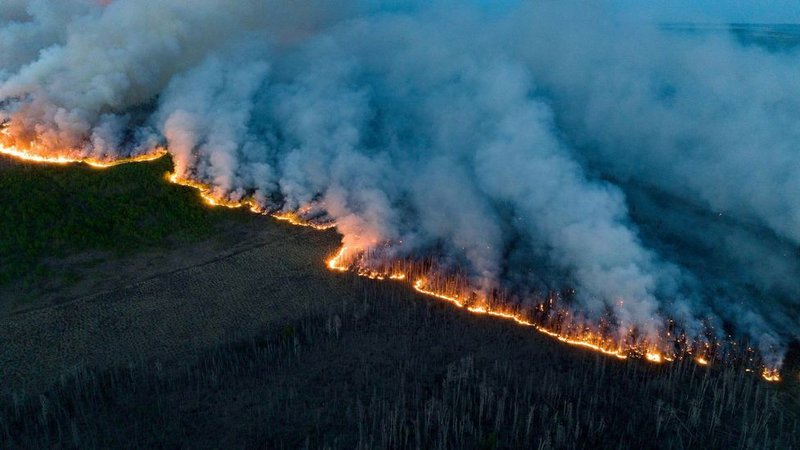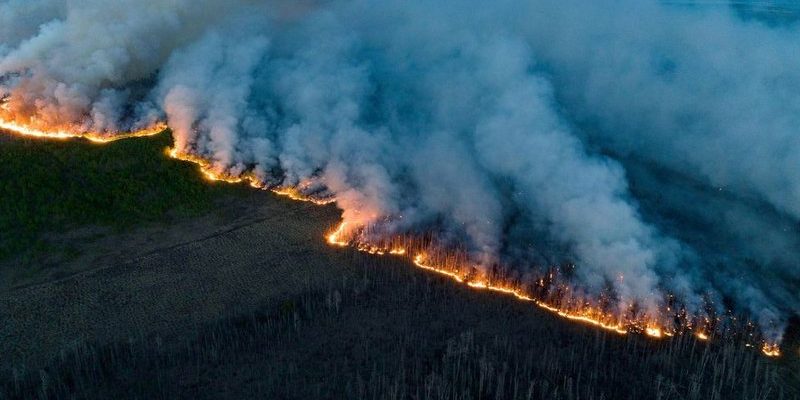
Yellowjackets are actually a type of wasp, and while they can be pesky, they help control pest populations and pollinate plants. But as temperatures rise and weather patterns shift, their survival and behavior are changing. Let’s dig into how climate change affects these insects and what it means for our environment and us.
How Climate Change Affects Yellowjacket Habitats
Changes in climate aren’t just statistics; they alter the habitats where yellowjackets thrive. As temperatures rise, yellowjackets are more likely to venture into areas they typically wouldn’t inhabit. You might be wondering why that matters. Well, when they move into new areas, they can disrupt local ecosystems, outcompeting native species for food and resources.
Furthermore, shifts in climate can lead to changes in available food sources. Yellowjackets primarily feed on protein-rich insects and sugary substances. As flowers bloom earlier or later due to temperature changes, their food availability can fluctuate, putting stress on these wasps. If they can’t find enough food, their populations might decline, which could lead to fewer natural pest controllers in our gardens.
The Life Cycle of the Yellowjacket: Affected by Temperature
Let’s break down the life cycle of the yellowjacket, which is pretty fascinating. Typically, they have a seasonal cycle that includes a queen, workers, and eventual decline in the colder months. However, with climate change creating warmer winters, it can lead to prolonged activity periods.
In warmer climates, queens might start their colonies earlier in the year, resulting in larger populations by summer. This can mean more yellowjackets buzzing around our picnics. While that might sound alarming, it’s important to understand that a larger population could also mean higher competition for food, which can ultimately lead to die-offs if resources are scarce.
The warmth also impacts their reproductive strategies. If conditions are just right, they could reproduce earlier and in greater numbers, which can lead to a population boom. But if the weather suddenly shifts—like a cold snap—many of those new wasps might not survive, causing a boom-and-bust cycle that can destabilize local ecosystems.
Effects on Pollination and Plant Life
Now, let’s talk about pollination. Yellowjackets are not the primary pollinators—bees have that crown—but they do contribute to the process. As plants bloom earlier due to warmer temperatures, yellowjackets might not be around when some flowers need them, leading to decreased pollination.
This loss of pollination can affect food crops, gardens, and wild plants. Picture this: your favorite fruits and veggies could become less abundant if yellowjackets aren’t doing their part in the pollination process. It’s a delicate balance, and climate change is throwing a wrench into the works.
Human Interactions with Yellowjackets
Increased yellowjacket populations due to climate change can mean more interactions with humans. More wasps around can lead to more stings, especially in late summer when food sources are scarce, and they’re more aggressive.
Have you ever been at a barbecue, only to find yellowjackets buzzing around your drink? It can be a nuisance. With population sizes potentially increasing, it’s important to take precautions. Simple steps like keeping trash covered and not leaving sweet foods exposed can help keep them at bay.
Yellowjackets as Indicators of Environmental Health
Yellowjackets can serve as important indicators of environmental health. If their populations are fluctuating wildly due to climate changes, it might signal bigger issues in the ecosystem. Scientists often look at species like yellowjackets to understand how climate change affects biodiversity as a whole.
Monitoring yellowjacket populations can give us clues about the impact of climate change on various ecosystems. If we see dramatic changes in their behavior or numbers, it might be a sign we need to pay attention to other species and habitats that could be threatened.
Mitigation and Adaptation Strategies
So, what can we do about it? There are several strategies we can implement to help mitigate the impact of climate change on yellowjackets and the environment at large:
- Create Habitats: Plant native flowers and shrubs that provide food sources for yellowjackets and other pollinators.
- Reduce Pesticides: Limit the use of chemical pesticides that can harm yellowjackets and other beneficial insects.
- Educate Others: Spread awareness about the role of yellowjackets in ecosystems, so people understand their importance.
- Support Conservation Efforts: Invest in local biodiversity efforts to protect natural habitats and promote ecological balance.
By taking these actions, we can help ensure that yellowjackets and other essential species continue to thrive despite the challenges posed by climate change.
The impact of climate change on yellowjackets is just one piece of a much larger puzzle. While these bugs may not be at the forefront of climate discussions, their role in the ecosystem is vital. A decline or shift in yellowjacket populations can lead to a domino effect that affects not just the environment but our daily lives, too.
Being aware of these changes helps us understand the intricate web of life that relies on balance. By taking steps to mitigate climate change and protect yellowjackets, we can foster a healthier planet for ourselves and future generations. Remember, it’s all connected—just like you might notice that pesky yellowjacket at your next outdoor gathering. Taking care of the world around us ensures that those little buzzers continue to play their part in the circle of life.

